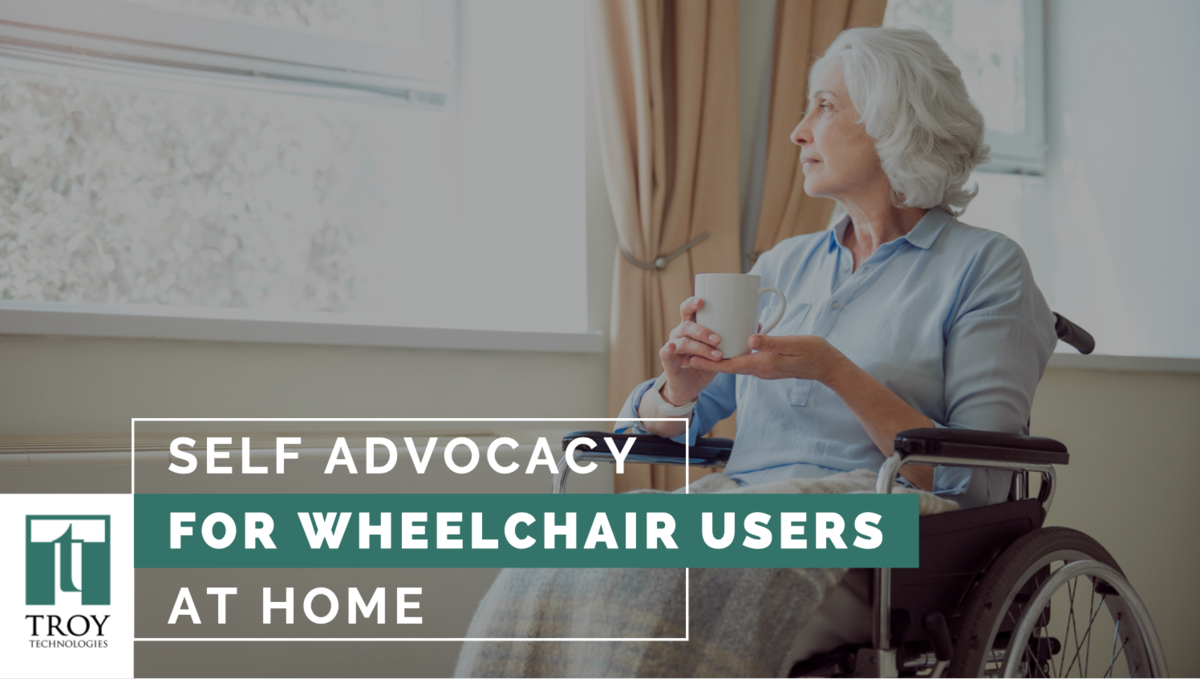
The coronavirus epidemic has opened up some big unknowns, but for many, it is also resulting in newfound clarity about day-to-day life. Most people are spending more time at home than ever before, so wheelchair users are experiencing much more difficulty than usual. While the public places they frequent are likely to have ramps, automatic doors, elevators and other ADA-approved features to help them get around, their own homes were not built with their abilities in mind.
For instance, the ADA accessibility standards state that doors should have a width of 32 inches, but many older homes in particular fall far below that, ranging from 22-28.5 inches. While everyone is experiencing some level of discomfort and disruption from “normal,” those with mobility-limiting disabilities are constantly facing limitations in their own home.
It’s true that the pandemic will pass and we’ll all get back to life in public places eventually, but not everything will go back exactly the way it was. Why not take this moment of clarity and turn it into a change for the better?
Here are 3 things you can do to get started:
1. Become a Self-Advocate
The first thing to do is to understand the framework for self-advocacy. When you understand your disability, know your strengths and weaknesses and can convey them to others, you become a self advocate. Use your time at home to determine what you really need to live comfortably in your space and how you can make that life possible. Make lists or journal about your abilities and accommodations that are helpful for you, and then head to the ADA website to learn your rights.
2. Get a chair that fits your home
Life is harder than it needs to be, especially for wheelchair users. Getting a chair that empowers you to do everything you need to do around the house with dignity is one of the most practical and effective changes you can make to live well when you have to stay home. Our REVO Slim-Line was developed specifically for getting around your house as easily as possible. It’s only 21.5 inches, allowing you to get through doors and tight spaces with no difficulty at all.
3. Make your chair user-friendly
Optimizing your chair to fit your body and function the way you need it to is absolutely necessary for your health and comfort. There are all kinds of accessories you can get to adjust the fit and function of your chair, like lap trays, foot rests, wheel lock extenders, pockets, back rests, and yes, even cup holders. If your home is carpeted, using your chair may cause some extra strain on your arms; one of the unique features of the REVO is that you use your legs to move it forward, so you might use a REVO at home as an alternative to your standard chair that you use when you’re out and about. The REVO is easier to clean than standard chairs, and it comes with a free chair cover or wheel lock extensions.
4. Hack your home
Discover the small changes you can make around your home to make your life easier and safer without a full remodel, especially if you do a lot of cooking. Install faucet extenders to wash your hands easily in your kitchen or bathroom sink, and touch lamps in the living room or bedroom for reading lights. If you can’t buy any new fixtures, see what you can do with the things you have around.
5. Live your life!
Especially when you can’t get to all the places where you usually socialize, work out and enjoy your free time, finding ways to do similar activities at home becomes even more important. There are some great exercise videos on YouTube made just for wheelchair users–and some that will get you laughing too! There’s plenty of new online events and entertainment being created just for people stuck at home during the quarantine, so take advantage of it! “Get out there” and talk with others about what they are doing with their time at home.
Do you know of any resources and ideas that might be helpful to other wheelchair users stuck at home? Please share them with us! We’d love to hear from you.
** This post was originally published on https://travelwheelchair.net/blogs/posts/self-advocacy-for-wheelchair-users-on-quarantine

